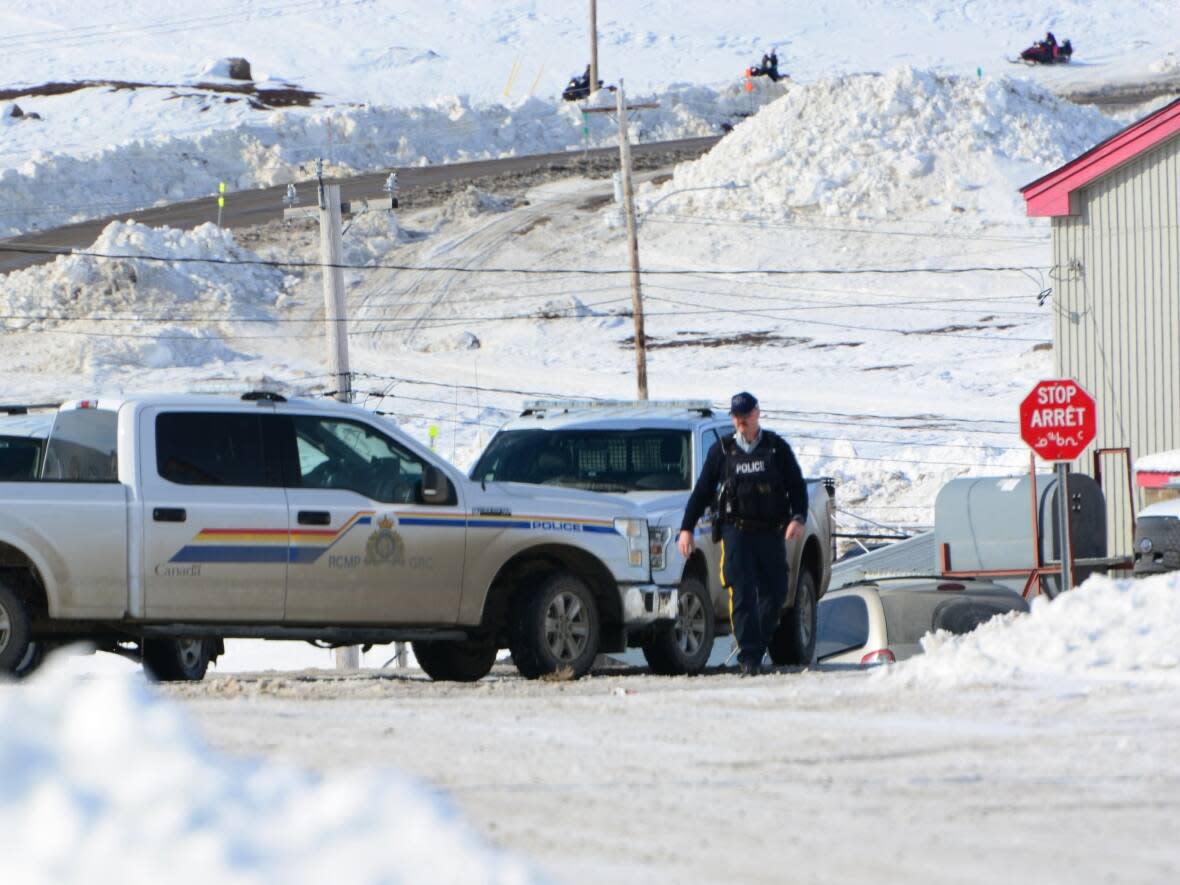Nunavut led country in violent crimes in 2021, says Statistics Canada report

Nunavut has the most severe violent crime in Canada, and the second highest police-reported crime rate in Canada, behind the Northwest Territories, according to a report released by Statistics Canada on Tuesday.
The report looked at the severity of police-reported crime in 2020-2021 and found that Nunavut was among the Canadian jurisdictions that saw an increase to its Crime Severity Index (CSI), which measures the overall seriousness of police-reported crime from one year.
"As has been the case since 1998," the report reads in part, "the Prairie provinces and British Columbia have had the highest CSIs among the provinces, while the three territories have reported the highest CSIs overall."
The 2020-2021 report showed the N.W.T. had the highest overall CSI, with Nunavut in second place followed by Yukon.
But the violent crime severity index was about six times higher in Nunavut than overall in Canada and greater than in the N.W.T. or Yukon.

A common link between the three territories is their remoteness and small population, said Gregory Moreau, an analyst with Statistics Canada and the author of the report.
The three territories also led in crime, which was roughly five times higher in the Northwest Territories and Nunavut than in the rest of Canada with Yukon close behind, according to Moreau's report, which is based on Criminal Code incidents, excluding traffic offences.
His report looked at specific violations, such as homicide, sexual assault, breaking and entering as well as trends in youth accused of crime.
While not included in the report, Moreau noted that, after Saskatchewan, the three territories have the next highest combined rates of violent and non-violent Criminal Code firearm offences.
Of the three territories, Nunavut had the highest rate of sexual violations against children in 2021, although the rate was down about seven per cent from 2020.
The homicide rates in Yukon and Nunavut were also above the national average.
Nunavut followed by Yukon and the N.W.T. had the highest youth crime index, more than four times higher than overall in Canada.
Moreau noted in his report that "due to their small populations and comparatively fewer incident counts, the territories are more susceptible to considerable year-over-year fluctuations in both their Crime Severity Index and crime rates."
'Higher rates of mischief in the territories'
Moreau's report outlined the varied violations contributing to the change in the crime severity index between 2020 and 2021.
In Nunavut there was a decrease in assault as well as sexual assault. But there was an increase in mischief, as well as theft of $5,000 or under breaking and entering, trafficking, production, importation or exportation of cocaine and methamphetamine, and fraud.
Yukon saw an increase in several violations, including fraud and mischief, as well as trafficking, production, importation or exportation of heroin, cocaine, methamphetamine and other drugs, impaired driving and possession of stolen property.
This was "partially offset by increase in shoplifting of $5,000 or under, child pornography and disturb[ing] the peace," the report said.
The N.W.T.'s decrease in homicide, as well as sexual assault was partially offset by an increase in assault while a decrease in mischief and trafficking, production, importation or exportation of cocaine was "partially offset by increase in breaking and entering and fraud," the report said.
"There are higher rates of mischief in the territories," Moreau said — and all three territories reported increases in 2021 in property theft.
Rates of robbery declined or remained unchanged throughout most of Canada in 2021, with the exception of Atlantic Canada and Nunavut.
The report found Indigenous people are over-represented as victims of violence in Canada.
The rate of violent victimization among Indigenous people was more than double that among non-Indigenous people.


